Wizards of the Coast created a new Magic: The Gathering card type called Battles that was included in the March of the Machine Standard-legal set, ranging in rarity from Uncommon to Mythic Rare.
A total of 36 Battle cards were designed for the March of the Machine (MOM) set, highlighting planes throughout the MTG Multiverse that were invaded by the Phyrexian army. Similar to the 37 planeswalkers that were included in War of the Spark, some Battles were designed specifically for Limited play while others can get slotted into Constructed decks. Battles are double-faced cards that have a sub-type assigned to the Battle. Within the MOM set, all Battle cards have the Siege sub-type
What is Battle—Siege?
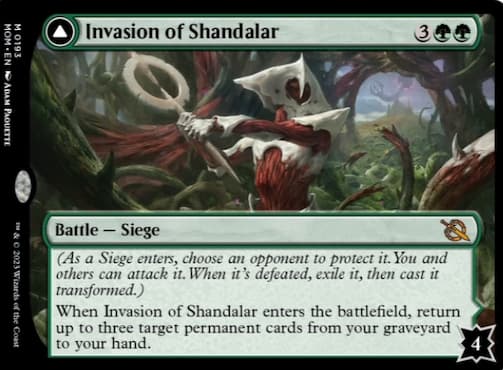
The Siege sub-type was used on each of the 36 Battle cards in the MOM set. Future MTG sets may feature different sub-types/sub-mechanics on Battle cards but the designers wanted to keep it simple in MOM by introducing Siege only.
- Battle—Siege: “As a Siege enters, choose an opponent to protect it. You and others can attack it. When it’s defeated, exile it, then cast it transformed.”
The Sub-type acts as a mechanic. In the case of Battle—Siege cards in MOM, they each include Defender counters that have to get reduced to zero for the Battle to get defeated.
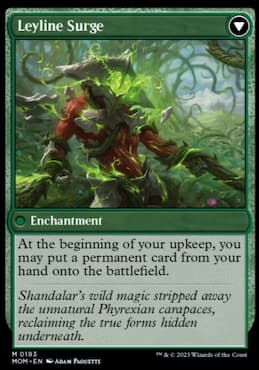
The controller of the Battle chooses an opponent to protect the Battle while the controller attempts to attack and defeat it. Upon defeat, the Battle flips over to the backside, revealing a permanent that is cast onto the battlefield without paying a casting cost.
How to play with MOM Battle cards
Of the 36 total Battles in the MOM set, 10 are signposts for the Limited archetypes and have a rarity of Uncommon. Battles can also have a rarity of Rare or Mythic Rare, featuring powerful double-face cards that have a chance to get played in competitive Constructive MTG formats.
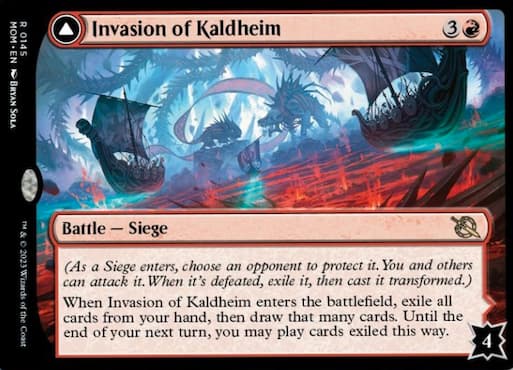
Upon casting a Battle, its controller places it in an agreed-upon spot on the battlefield and assigns an opponent to defend it. Defense counters on each Battle card vary.
To flip the Battle card over to the backside, all Defense counters must get removed through either combat damage, spells, or abilities that can target the Defense counters. Spells that specify “damage to any target,” may deal damage to a Battle.
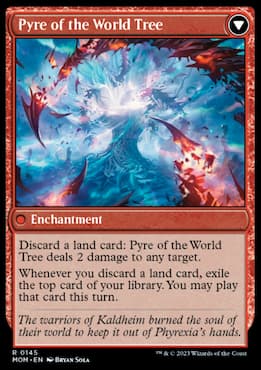
Flipping a Battle over requires the card to get exiled first, and then cast onto the battlefield without having to pay a casting cost.
Since a Battle is exiled to cast the backside, this allows opponents an opportunity to counter the backside even though its controller isn’t paying a mana cost to cast the card. And creatures on the backside of a Battle have summoning sickness upon entering the battlefield unless they have Haste.



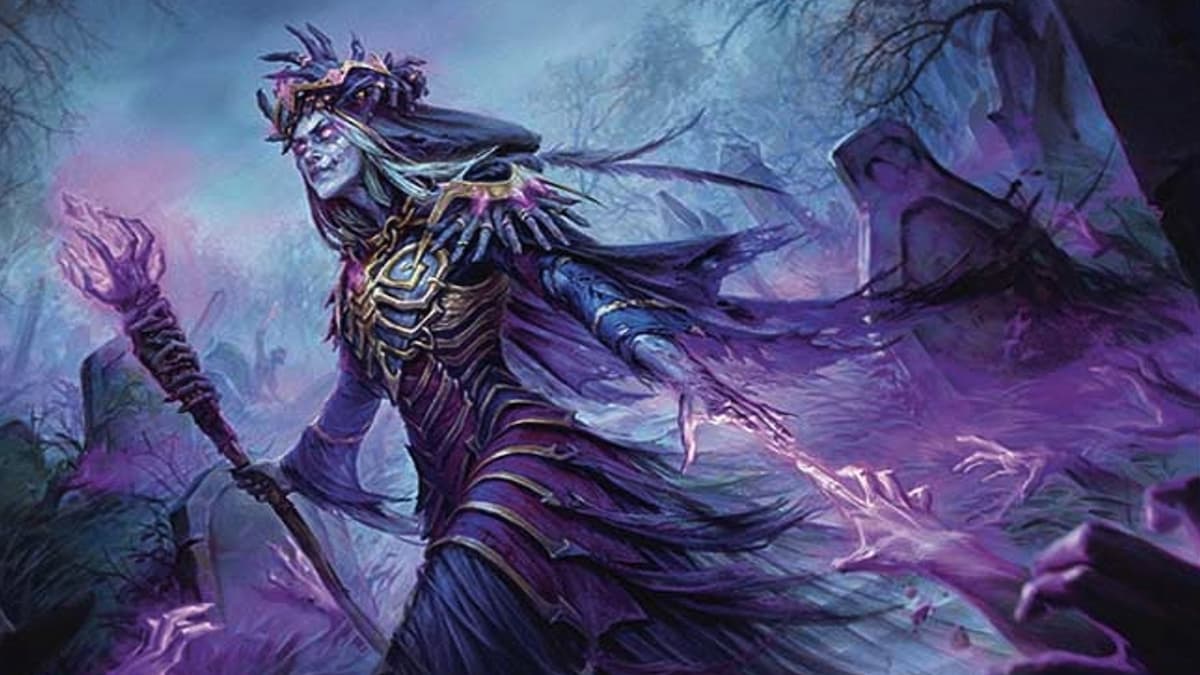
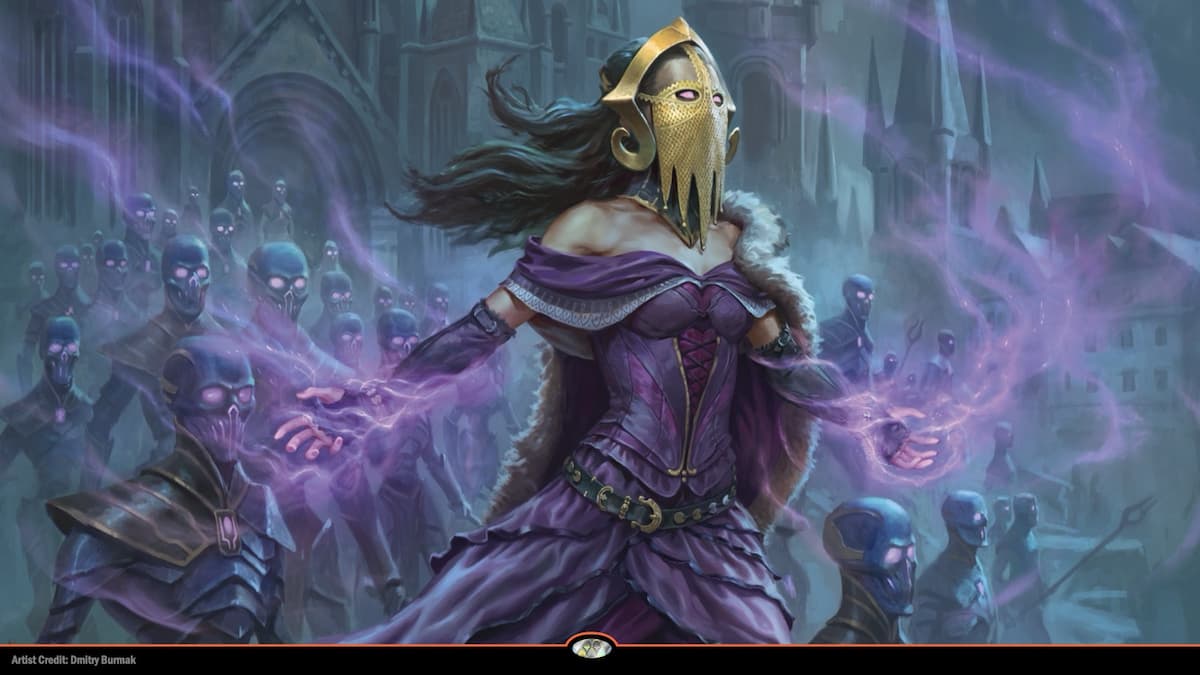
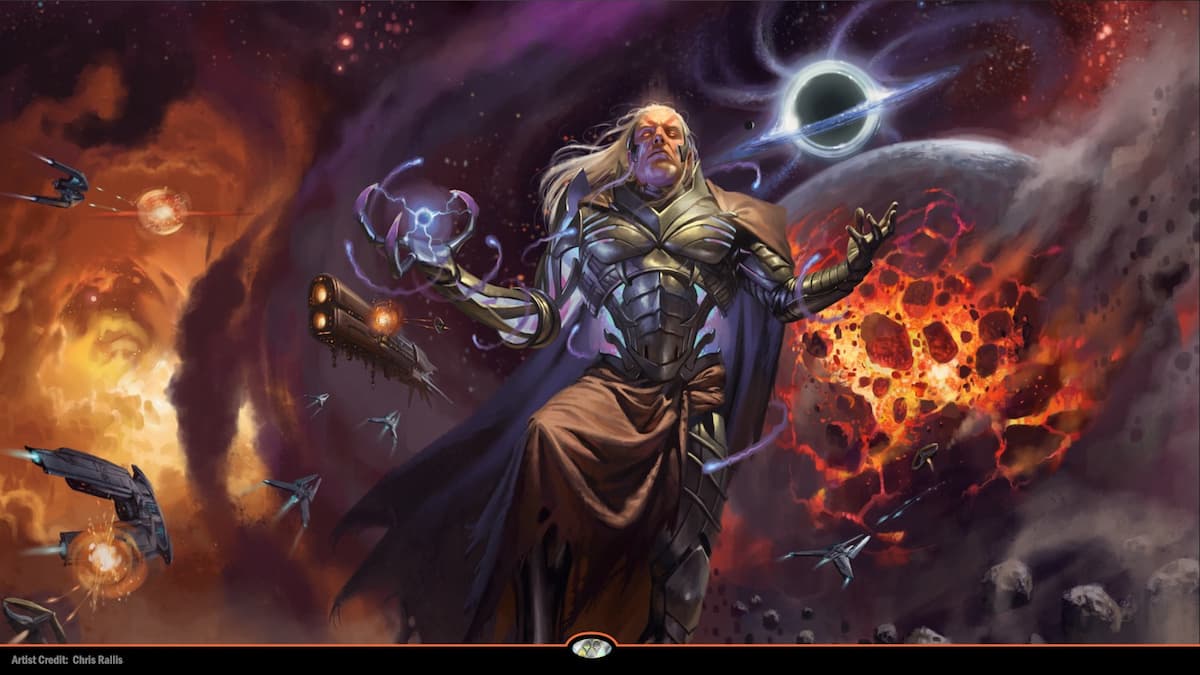

Published: Apr 4, 2023 12:21 pm